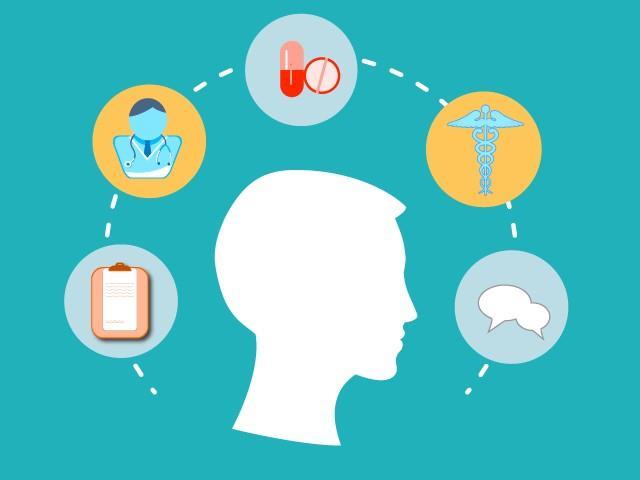Education by Taylor Osborn: Health literacy and education levels have a very close correlation. Across the globe, as education levels rise, so do health literacy rates. Those with higher education rates have better self- reported health status, mental health, and physical health. One of the biggest issues faced by healthcare workers today is vaccination hesitancy. It was found that for HPV, an optional vaccine in the United States, those with a college education were more likely to be aware of and receive the vaccine. They also were found to have a better understanding of the knowledge behind the vaccine and how vaccines work to eliminate disease in society. Another study was done on Asian immigrants in California that found that high intelligence alone was not necessarily linked to high health literacy. They found that another aspect of education, language, played an important role in health outcomes. The study was done on five subgroups of Asian American immigrants, each with high levels of education. However, it was found that the groups that spoke English proficiently, the language spoken by most physicians in their area, had the highest levels of health literacy. This can be seen in Figure 1 below. Patients within this population with high levels of health literacy were more likely to seek out preventative services and comply with treatment regulations. Figure 1.Health literacy among Asian immigrants Lee HY, Rhee TG, Kim NK, Ahluwalia JS. Health Literacy as a Social Determinant of Health in Asian American Immigrants: Findings from a Population-Based Survey in California. J Gen Intern Med. 2015;30(8):1118- 1124. doi:10.1007/s11606015-3217-6.
In order to help combat these issues in America, the Affordable Care Act passed in 2010 included training for physicians on how to better approach caring for those with language barriers or low educational levels. It also introduced legislation that requires insurance companies to describe their coverage in a way that is readable for those with low literacy levels. Another important step in combating low health literacy rates occurred in the formation of EDUCAIDS. EDUCAIDS is a program meant to lower AIDS/HIV rates through education of the disease and has been implemented in areas such as Viet Nam, Angola, Moldova, and Mexico. It teaches the public about ways to practice safe sex in order to avoid these diseases and aims to weave this information into their classrooms at school. Opinion I believe that the world should make education a top priority. It will lead to better health outcomes in vaccine administration, preventative care, and better adherence to medications. It should especially be focused on areas where literacy rates are low and healthcare is lacking. ~ T. Osborn Sources Lee HY, Rhee TG, Kim NK, Ahluwalia JS. Health Literacy as a Social Determinant of Health in Asian American Immigrants: Findings from a Population-Based Survey in California. J Gen Intern Med. 2015;30(8):1118-1124. doi:10.1007/s11606-015-3217-6 Lorini C, Santomauro F, Donzellini M, et al. Health literacy and vaccination: A systematic review. Hum Vaccin Immunother. 2018;14(2):478-488. doi:10.1080/21645515.2017.1392423 Nations, U., 2021. Health Literacy and Sustainable Development | United Nations. [online] United Nations. Available at: <https://www.un.org/en/chronicle/article/health-literacy- and-sustainable-development> [Accessed 14 April 2021
































